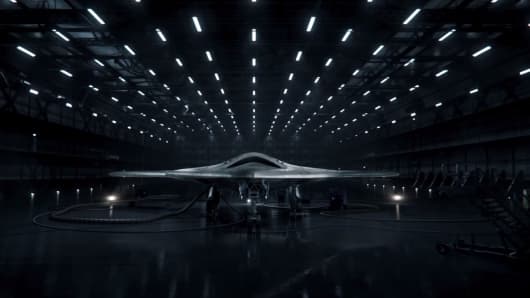In the coming weeks, the U.S. Air Force will announce the biggest defense deal of the decade. It will also be the last contract for a new manned combat aircraft for probably 20 years. (Tweet This)
Whoever wins the bid will have years' worth of manufacturing work. Whoever loses may have to exit the business of building piloted military aircraft.
The Long Range Strike-Bomber will replace an aging bomber fleet whose oldest aircraft go back to the Korean War. The Air Force has revealed little about what it wants out of the new bomber, but one thing is clear: it does not want an explosive price tag. The most recent bomber contract went to Northrop Grumman for the B-2, which first flew in 1989. The Pentagon purchased only 21 of the sleek, stealthy aircraft, at a cost of $2 billion each.
This time, the Air Force wants to buy up to 100 bombers and keep the price to $550 million per aircraft. Add in an estimated $20 billion for research and development, and the total value of the contract could close in on $80 billion. The new bomber should be airborne in 10 years.

Source: Northrop Grumman
An advertisement from Northrop Grumman touting their experience in delivery the world's most advance military aircrafts.
Many wonder—with good reason, given the recent history of military aircraft contracts—whether the cost can really be kept to $550 million per plane. One strategy may be to build a plane that uses existing technology with an open architecture that allows future upgrades.


 .
.